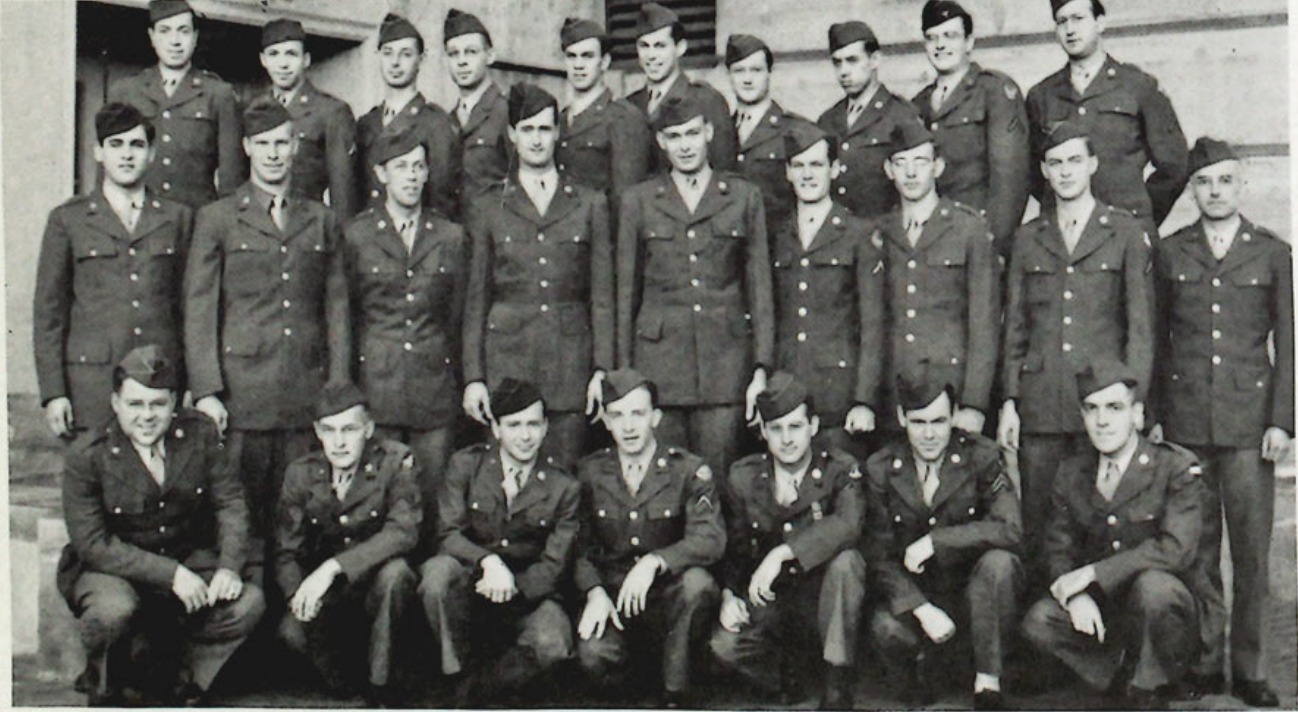For over 70 years, the identity of three of the Americans that spied for the Soviet Union and stole information from Los Alamos, speeding up the development of nuclear weapons in the USSR, has been known.
For an equal period, the identity of the fourth member of the group, only known by the trade name “Godsend,” has been shrouded in mystery.
Godsend, with his three compatriots, stole information about America’s nuclear efforts and passed it on to the Soviets between 1940 and 1948. Now his real name has come to light and can be revealed.
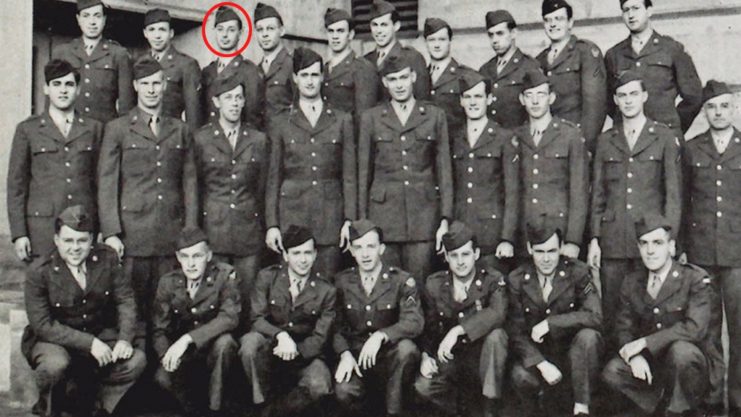
His name is Oscar Seborer. He was employed on the Manhattan Project based at the Los Alamos National Laboratory in New Mexico. The Manhattan Project was the project in which the first nuclear weapons were designed.
Before this man’s name was released, the only names associated with the spy-ring were Theodore Hall, Klaus Fuchs, and David Greenglass, but as long ago as the early 1990s, a hypothesis was put forward that there was a fourth spy in the ring. This hypothesis was based on clues picked out of memoirs published by Soviet officers.
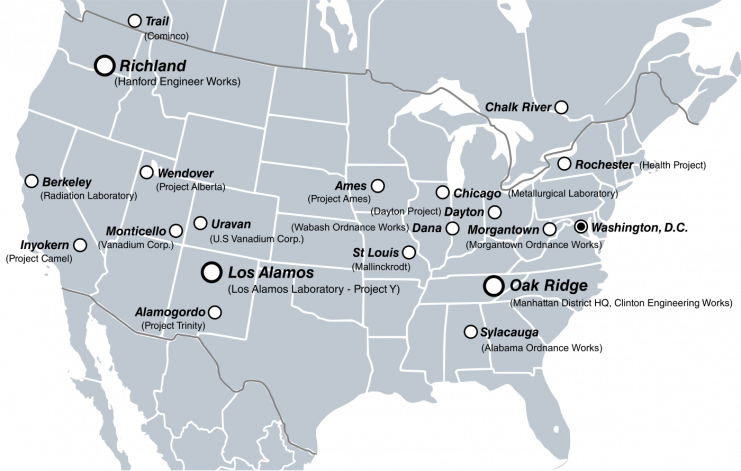
For the past 70 years, Seborer’s name has been lost amongst the thousands of documents classified as secret by the FBI. When documents were declassified in 2011, they were picked up by historians Harvey Klehr and John Earl Haynes.
Historians are particularly skilled at research, but wading through the piles of FBI papers was no easy task for the two historians. Eventually, they were able to piece together the story of how Seborer became a traitor to this country.
Haynes is an emeritus professor with Emory University, and Klehr used to be employed at the Library of Congress.
The two men had collaborated on, and published, several non-fiction books on espionage, so they were experienced in finding the pertinent facts in the declassified documents.
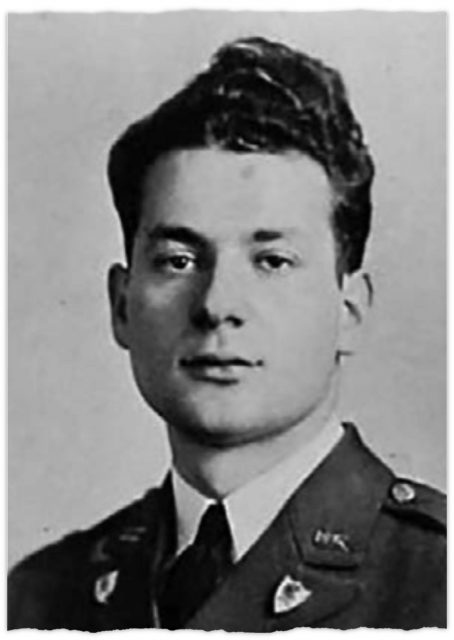
As Haynes and Klehr delved into their research, they confirmed that the earlier hypothesis of the fourth spy, based on the “clues” found in the Soviet memoirs could not be proven and that these memoirs were part of a disinformation campaign run by the Soviets to protect the identity of another spy.
They could, however, name Seborer as the fourth Los Alamos spy based on the 2011 declassified documents.
These documents, when used in conjunction with some records, dated 1952 to 1956, from a long-running project named Operation SOLO, pointed to Seborer being the spy.
Operation SOLO ran from 1952 to 1980 and was used to collect information from brothers who spied for the Americans from within the ranks of the US Communist Party.
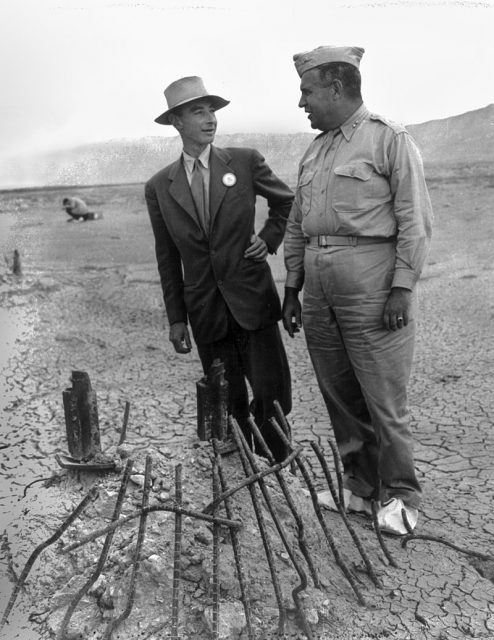
As only the very oldest of the Operation SOLO files are available to the public, there are many questions around Seborer’s work as a spy and what happened to him when he defected to the Soviet Union.
The historians have pieced together many facts about Seborer’s life. His family were Jewish immigrants to the US from Poland and connected in many ways to Soviet Intelligence Agencies. Some of the family were members of the Communist Party.
Seborer was an educated engineer and joined the US military in 1942. In 1944, he was transferred to Los Alamos and assigned to work on the Manhattan Project, which he did for two years.
After the war, he joined the US Navy as an electrical engineer, but his superior officers noted on many occasions that Seborer was a security risk; that was due to his association with members of the Communist Party rather than any instances of him being caught actively spying.
In the early 1950s, the US was rash with anti-communist fervor, and Seborer fled to the USSR and settled in Moscow with his brother and his brother’s wife and mother-in-law. Seborer died in Russia in 2015.
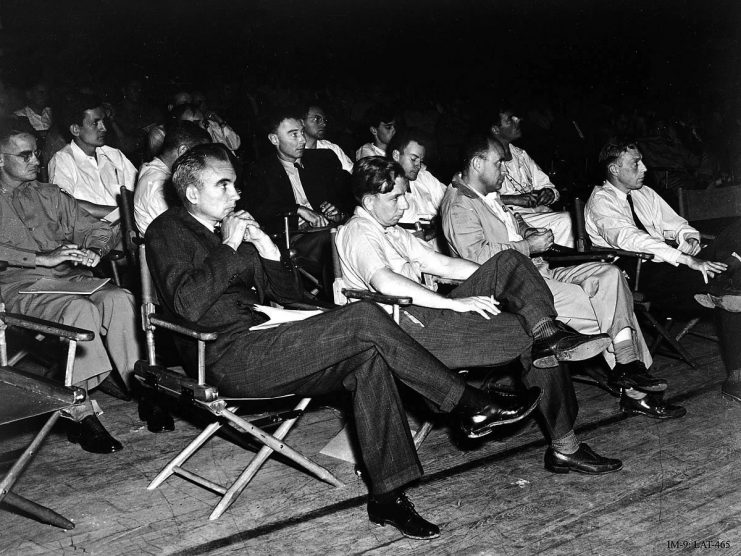
Notes about cryptic comments passed during Operation SOLO seem to indicate that Seborer was involved in nefarious activities while at Los Alamos.
In one letter written by Isidore Needleman, a lawyer, the allegation is clearly made that Seborer gave the Soviet military the formula to manufacture an atomic bomb.
Further evidence came to light with the release of KGB archives in 2009.
In these archives, the researchers found reports that a contact at Los Alamos, identified only by his codename “Godsend,” was passing on atomic secrets and then left to take on another job. This ties in with the known history of Seborer.
Other reports show that Godsend was a member of a family with code names “Nata,” “Relative,” and “Godfather,” who were identified as a sister and two brothers of “Godsend.”
It is highly probable that this family was Seborer’s as they were very well known for their Communist sympathies.
At this point in their research, it is impossible for Haynes and Klehr to categorically state what atomic secrets Seborer may have passed on. They continue to painstakingly piece together the clues and notes that they find.
US to Compensate Guam Islanders Who Bore the Brunt of the Japanese
In their report on their initial findings, they say that they know Seborer passed on something, but precisely what that something is remains elusive.
